There exists an old American folktale that has been wrapped up with an even older Welsh legend - this would be the fascinating voyage of Prince Madoc ab Owain Gwynedd and his possible colonization of parts of Appalachia. I do not truly believe in this story, but I am fascinated by woven threads of fable and wondrous tapestries. I feel as though folkish pagans should take an interest in the lore regardless of the historical truth. There are Appalachians who have claimed for generations that their ancestors did not descend from the European colonies, but were instead “sprung from the hollers” and they claim to have been in their mountain valleys since the dawn of man. I used to mock these people, but after meeting a few more of them recently, I think they deserve to have their little fantasy. There might even be some truth to the whole thing.
I mean, if Mormons can claim Utah and make up a bunch of crazy historical crap about Hebrew Indians1, and if Christians and jews can claim Europe and make up malarkey about Hebrew Europeans2, then why can’t the Welsh claim Appalachia and make up a bunch of stuff about Welsh Indians?
Furthermore, there is a precedent with these types of actions within our own ancestral religions. For example, when the Bell-Beakers conquered Western Europe, they claimed and associated themselves with the older megalithic sites as though those sites were of their own making, or otherwise directly tied with their ancestry. This trend occurred again when various waves of Celts swept across Western Europe, and was finally repeated by the Anglo-Saxons when they conquered the Britons - all of those burial mounds were associated with the new emergent tribes regardless of their origin. A great example of this behavior would be Wayland’s Smithy3, which was not made by a Saxon God or the Saxons themselves and it was not the final burial place of a great Saxon lord, nor even a Celt, nor even a much older Bell-Beaker - instead, it was the creation of Neolithic Britons sometime around 3600 BC.
Wayland’s Smithy was honored and cherished by every successive wave of European who discovered it, and it was long remembered by the current English natives as being the creation of Wayland the Smith. This practice can strengthen the blood-and-soil connection between the folk and their homeland, and it creates new pathways for folklore, traditions, and genetic memories to be formed based around the ancient ruin reclaimed and renamed.
This practice can be taken to words quite easily, and modern Europeans continue to unconsciously maintain this habit. Christians have taken European place-names such as “Edinburgh” and gave them a Christian folk etymology. Colonists renamed new lands after their old ones - Nova Scotia, New Hampshire, or New York. When it comes to regions, streets, and neighborhoods, we have no problem keeping this practice around as a sort of unconscious habit, but when it comes to certain natural monuments or cultural ruins, we have stopped with this practice and call it “cultural appropriation”… but only when it’s Whites claiming things! Liberals absolutely love to “appropriate” European history - it has become a political practice of theirs and they blackwash or judaize our history endlessly to successfully conquer our lands4.
I think we can utilize this same sort of practice to our own ends by shoring up our folktales and legends with new songs, poetry, art, and even stories, no matter how fanciful they may be in reality. This will happen unconsciously anyways, so we should go ahead and do it consciously - this is a direct application of our agency when it comes to our environment and the words and stories we use to explain the deeper spiritual meaning we have planted in this soil.
The bones of many White men and women litter these lands - perhaps more than just the post-Columbus colonists we are descended from.
THE STORY
Owain ap Gruffud, that noble Prince known as Owain the Great, long battled against the enemies all ancient Welshmen did hate, those dastardly Normans and their Saxon slaves. Owain had over thirteen children, and more besides, illegitimate bastards born of lowly maids, numbered in their ranks was a hero who rode ocean tides to escape the internecine raids. Madoc ap Owain Gwynedd, the outcast prince of western fame, although he is dead, honored and glorious shall he remain, we still remember his holy and ancient name. Madoc sailed across the western sea to western land, forgotten home of the mongrelized red-man, and he established new realms in that forgotten land, beneath green hills he buried his clan. Hill-forts were raised, and mounds were set in the soil and turf, and the valleys were claimed by white men from western surf red-haired men who loved both life and dearth. Alas, they were attacked at the last by the red-men in rage, the noble sons were slain and the daughters, raped, now nobody remembers them except the odd European sage, in the Smithsonian their skeletons are encased. Generations passed, and noble descendants of the prince lived still, descendants of the prince buried beneath verdant smokey hill, long after the red-men came at them with intent to kill. Moon-eyed People they became, honor they did not squelch, they were lost to dusty page and darker fen, but they in time became the famous mountain Welch, and this was not their end.
Madog supposedly fled from Wales sometime in the 12th century due to internecine violence with his brothers, along with strong Norman incursions into their lands. He did not go alone but went with a noble retinue befitting someone of his relatively high status as a bastard of the strongest lord in Wales, this noble father being Owain the Great, who was a rather famous Welsh Prince. Madog sailed across the Atlantic, possibly following even older stories about mythical lands across the western seas which are commonly found in Celtic folklore.
In other words, Madog may have already known about islands across the western seas, and he may have been capable of sailing there. In 1976, British explorer and historian, Tim Severin, built a traditional Irish currach and sailed it from Ireland to Newfoundland to prove that the ancient Irish could theoretically cross the Atlantic Ocean. Now, just because Tim Severin could do this doesn’t mean the Irish actually did, although there are ancient accounts of Irish missionaries reaching the Faroes and Iceland prior to the Norse, so its all quite conceivable to me.
There are a few places where he may have landed, including Mobile, Alabama, and James River, Virginia, among other candidates such as Florida and Maryland. Either way, he purportedly set up a colony near his landing site and expanded outwards until he controlled an entire kingdom nestled within the Appalachian Mountains. There exists various hill-forts and mounds across this region, ranging from northern Florida, up through the Mississippi Valleys, stretching on until most of the south-eastern Midwest was held under his grasp. This led directly to war with the Indians, which could perhaps be linked to the “red-haired giants” who were said to terrorize the Indians5.
Remnants of his kingdom were supposedly displaced by foreign tribes such as the Cherokee, who came to speak of the “Moon-Eyed People”6 - these were said to be short, bearded, White skinned folk who could see in the dark of night, who dwelt deep in the mountains, played their music, and hunted their enemies. These stories may very well be related to the countless stories of “White pygmies” told by the Indians, and I’ve written a little about them here7.
When European colonists arrived, stories about the Welsh Indians spread far and wide, and generated quite a lot of interest and research. Most of this information has been rejected over time, but at the time of colonization, there were plenty of intelligent men who believed the story. Of course, if the story is real, then it makes perfect sense why there are certain Celtic Appalachians who have family lore coinciding with the details of the legend.
EVIDENCE
First off, it is possible that the Celts sailed to America. British biologist, Barry Fell, claims as much in his controversial book America BC8 which I own and will be writing a report about sometime next year after more research. Suffice to say, there are more than a few pieces of evidence that Celts could have and perhaps truly did sail further West than folks assume. For example, Celts sometimes believed that the Tír na nÓg, “the Land of Youth” that was the Celtic heaven and paradise, existed across the western seas, and there are various stories of fabulous islands such as those discovered by St. Brendan the Navigator9.
In other words, Madog may have already known about islands across the western seas, and he may have been capable of sailing there. In 1976, British explorer and historian, Tim Severin, built a traditional Irish currach and sailed it from Ireland to Newfoundland to prove that the ancient Irish could theoretically cross the Atlantic Ocean. Now, just because he could do this doesn’t mean the Irish actually did, although there are ancient accounts of Irish missionaries reaching the Faroes and Iceland prior to the Norse.
The proofs involved with this story are difficult to deal with, primarily because skeletons dug up within America have strange laws surrounding them - it is possible that many of these mounds hold Europeans of some sort, or perhaps mixed-race Europeans at the least. The genetic question has been skewered and hampered, so I will not touch on it here beyond from mentioning that many genetic and anthropological theories have been put forward concerning pre-Columbus colonies from ancient Europeans or even proto-Europeans. This includes the theories claiming the Clovis people are somehow tied to Stone Age Europeans. It is also connected to the theories put forward by Barry Fell who claimed that the Egyptians, Phoenicians, Iberians, Basque, Portuguese, and the Celts had all visited North America. In modern times, arguments like these have focused on skeletons such as the Kennewick Man10, but the honest truth seems to be that there is obfuscation occurring behind the scenes and all possible evidence is ignored.
I am certain someone like Sectionalism Archive could go into greater depth about why these genetic theories are probably false, but I am not going to do that here. This isn’t an article to debunk the myth, but to bolster it with glorious and fabulous claims, probably unfounded but definitely useful in light of our current struggle.
The beginning of this legend truly started with a poetic remark immortalized in the 1400’s by the Welsh bard and priest, Maredudd ap Rhys, where he wrote a poem briefly comparing himself to Madoc11. I don’t think a bard and a priest who was born of noble blood would have compared himself to some random person and neither would he compare himself to someone who was completely fabricated. Of course, I am just speculating here as both a poet and a religious man,
Here is an excerpt of Maredudd’s poem:
Splendid Madog Of Owain Gwynedd's line, He desired not land Or worldly wealth but the sea
However, there is an older reference to a possible Madog. Around 1250 AD, we find that the Flemish writer, Willem the Minstrel, wrote about an incredible sailor named Madog who had reportedly set out “to launch a new kingdom of love and music” and that he then found an island paradise across the sea. It is quite possible, even likely, that this Flemish story is where the bard Maredudd found inspiration for the lost Madog ap Owain Gwynedd.
Later writers expanded on this story and turned it into a true voyage of epic proportions after America was “discovered” by Christopher Columbus. These stories were briefly utilized by the British Empire to bolster their claims on the New World, and for a time this worked and it generated much interest from various demographics, including famous politicians such as Thomas Jefferson, and such ideas were finally abandoned in the 19th century. It also spawned stories of “Welsh Indians” but as we have seen, the “Native Indians” already had similar stories concerning these strange White folk. Nowadays, the whole thing is swept under the rug as being nothing more than racist folklore created by Europeans to help legitimize their conquest of America.
If this myth is truly just racist fantasy, then I am all for it being included in our American mythos. If it actual bonafide history, then the Welsh and the Appalachians are awesome. If it is not true, then the Europeans are still awesome anyways for being such Chads. No matter what, our connection to the land is strengthened and we attain a deeper blood-and-soil foundation to build from. That is why we must remember the story of Prince Madog and claim the mounds across the Midwest and the South in the name of the Celts, or the Vikings, or whoever.
America was once our land, and we made it that way through our own agency and will-to-power. Even though we have lost much of this land to our enemies, we can regain it through simple practices such as the one discussed in this article. Let us reclaim America, bit by bit, hill by hill, stone by stone, down to the very last skeleton!
POSSIBLY RELATED LOCATIONS
These are historically related locations to the folktale. Try to visit them if you can! Hail the folk! Hail victory! o///
DeSoto State Park (Welsh Caves) ~
Hail Madoc! Hail the Welsh! Hail Victory! o///
https://hebrewnations.com/articles/quora/britain/normans.html ~ warning, this is jewish CI crap
https://www.english-heritage.org.uk/learn/histories/black-history/ ~ warning, this contains anti-White liberal propaganda
The Gnome Conspiracy
***I will add to this whenever I find new information concerning White pygmies***

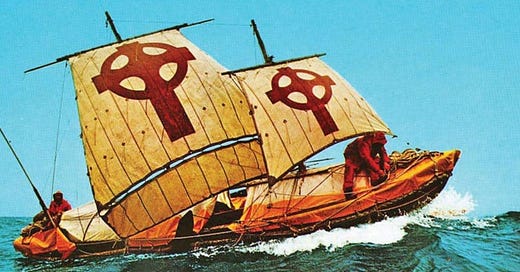


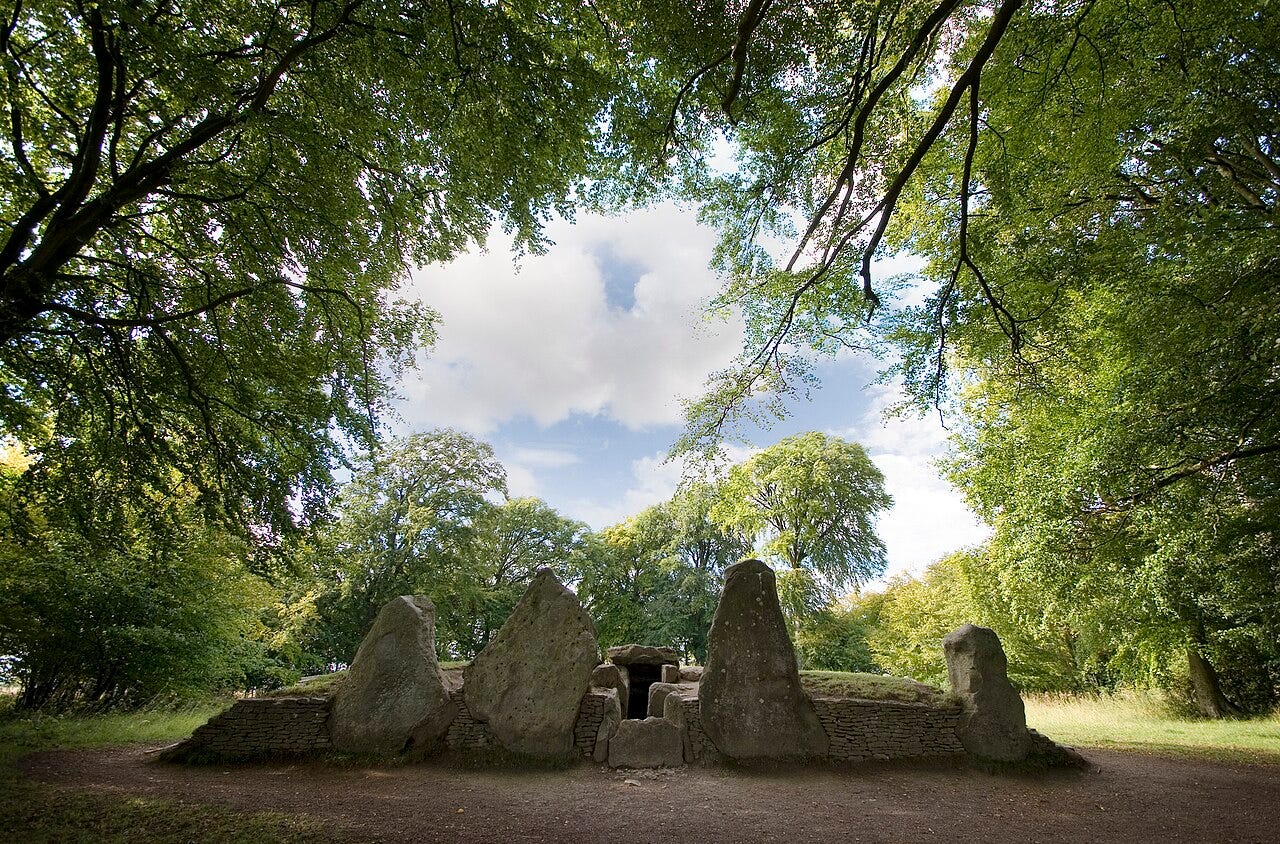
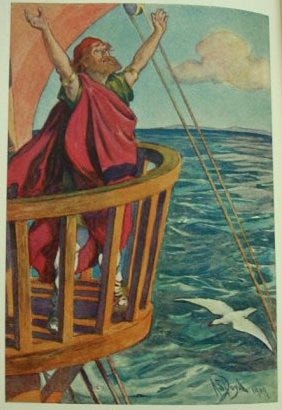

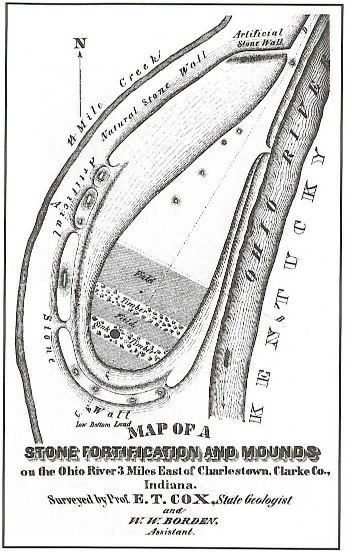
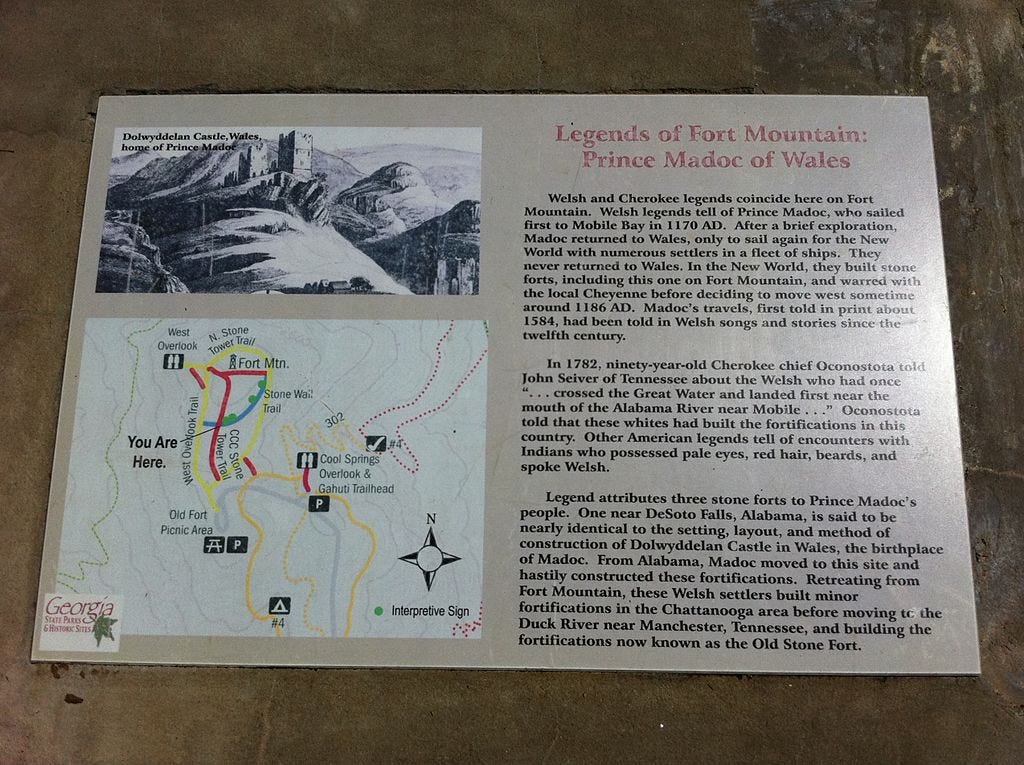
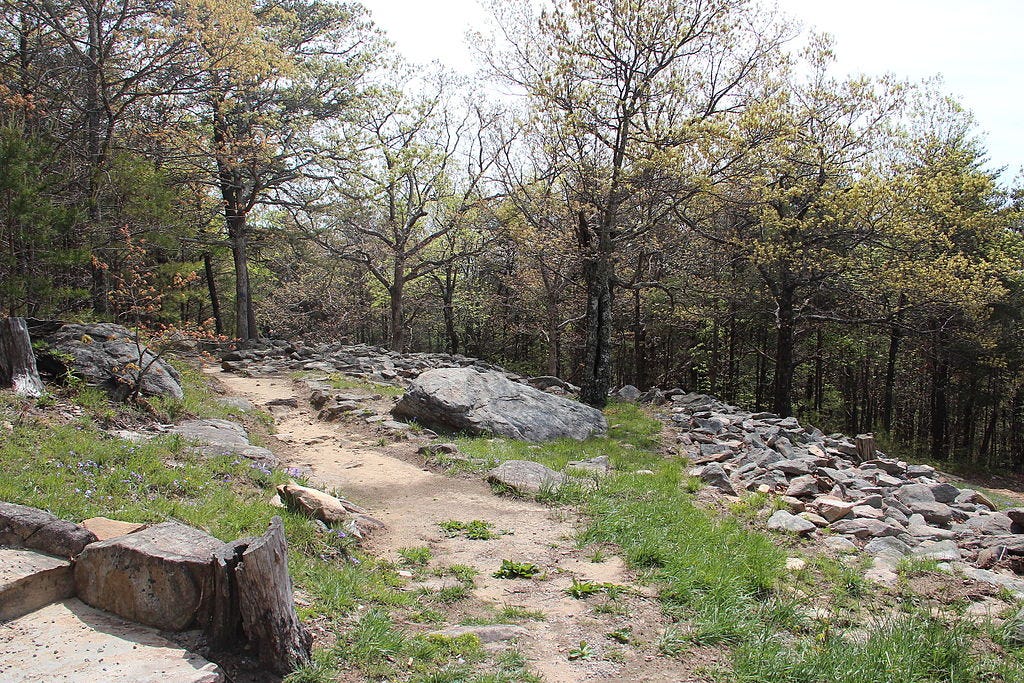
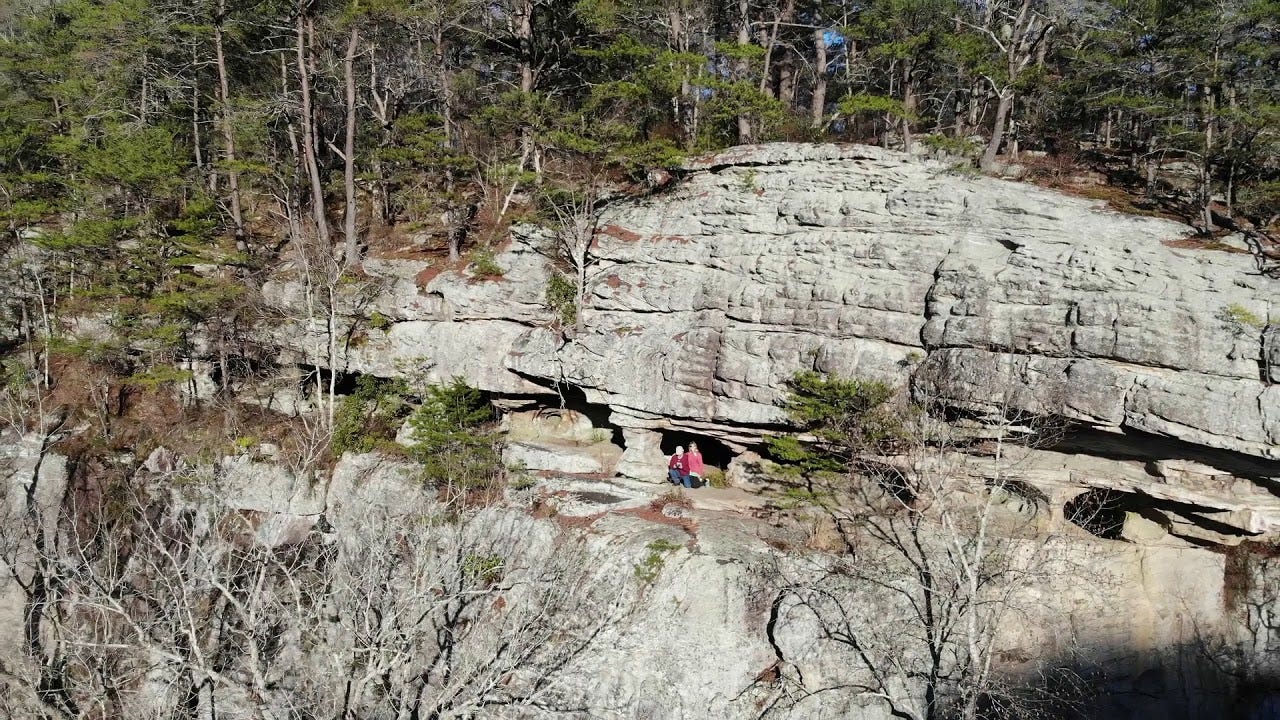

Really good article. There's loads of stories of tall blonde mummies being uncovered all over the States, which were taken to the Smithsonian and then promptly disappeared. I think this ties in to the probable fact that previous civilisations — Aryan in origin — almost certainly existed in the American continent. It also shows just how coopted we were even back in the nineteenth and twentieth centuries.
I live about an hour north of Fort Mountain. It's all true IMO.
There's been tons of physical evidence over the years, all of which has been dismissed because it's "racist."